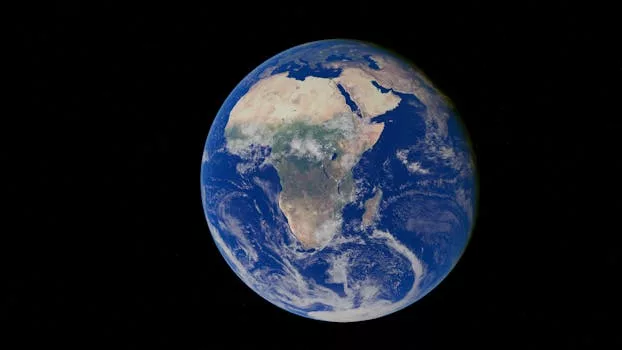
“
From Stardust to Dreams: Imagining Life Beyond the Stars
Introduction to the Cosmos and the Search for Life Beyond Earth
From Stardust to Dreams: Imagining Life Beyond the Stars is a journey through the vast expanse of space, exploring the possibility of life existing beyond our planet. The universe, with its billions of galaxies, each containing billions of stars, has long fascinated humanity. The search for life beyond Earth is an integral part of this fascination, driven by questions about our place in the universe and whether we are alone. For a deeper dive into the allure of the cosmos, check out Galaxies of Dreams: How Imagination Transcends the Night Sky.
Understanding Stardust and Its Role in Life
The concept of stardust is central to understanding the origins of life. Essentially, stardust refers to the elements found in the universe, created within the hearts of stars through nuclear fusion. These elements, including carbon, oxygen, and iron, are dispersed into space when stars die, eventually becoming part of new stars, planets, and even living organisms. This process underscores the interconnectedness of the universe and the shared origins of all matter, including life on Earth. To explore more about cosmic connections, read Cosmic Creativity: How Imagination Soars Beyond the Constellations.
Exploring the Universe for Life Beyond Earth
The search for life beyond Earth involves several strategies, including the study of exoplanets (planets that orbit stars other than the Sun), moons in our solar system, and the search for biosignatures—signs of biological activity—in the atmospheres of these celestial bodies. Missions like the Kepler space telescope and the upcoming James Webb Space Telescope play crucial roles in this endeavor, allowing scientists to study the conditions of distant worlds in unprecedented detail. For insights into how imagination fuels this exploration, visit Soaring Through the Cosmos: The Power of Imagination Beyond the Stars.
Challenges and Opportunities in the Search for Extraterrestrial Life
Despite the advancements in technology and the discovery of thousands of exoplanets, the search for life beyond Earth is fraught with challenges. These include the vast distances between stars, the necessity of a planet having conditions similar to those of Earth (known as the Goldilocks zone), and the possibility that life might exist in forms that are beyond our current understanding or detection capabilities. However, these challenges also present opportunities for scientific innovation and the potential for groundbreaking discoveries that could redefine our understanding of the universe and our place within it.
Conclusion and Takeaways
In conclusion, the journey from stardust to dreams of life beyond the stars is a profound exploration of human curiosity and the wonders of the cosmos. Key takeaways from this exploration include the understanding that we are part of a universal whole, connected to all matter in the universe through our shared origins in stardust; the recognition of the immense challenges but also the significant opportunities in the search for extraterrestrial life; and the appreciation for the ongoing scientific endeavors that continue to push the boundaries of our knowledge about the universe and the potential for life beyond Earth.
The search for life beyond our planet is an ongoing saga, filled with mystery, wonder, and the promise of discovery. As we continue to explore the cosmos and push the frontiers of what is known, we may uncover answers to some of humanity’s most profound questions, or we may find more questions, each leading us further down the path of discovery and deeper into the universe.






